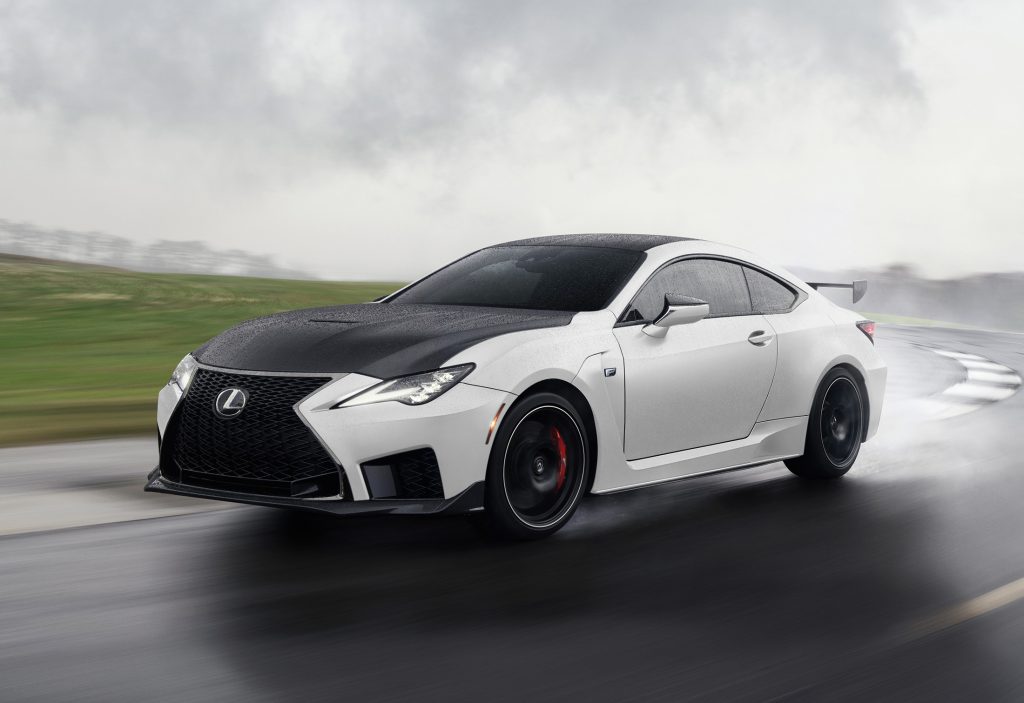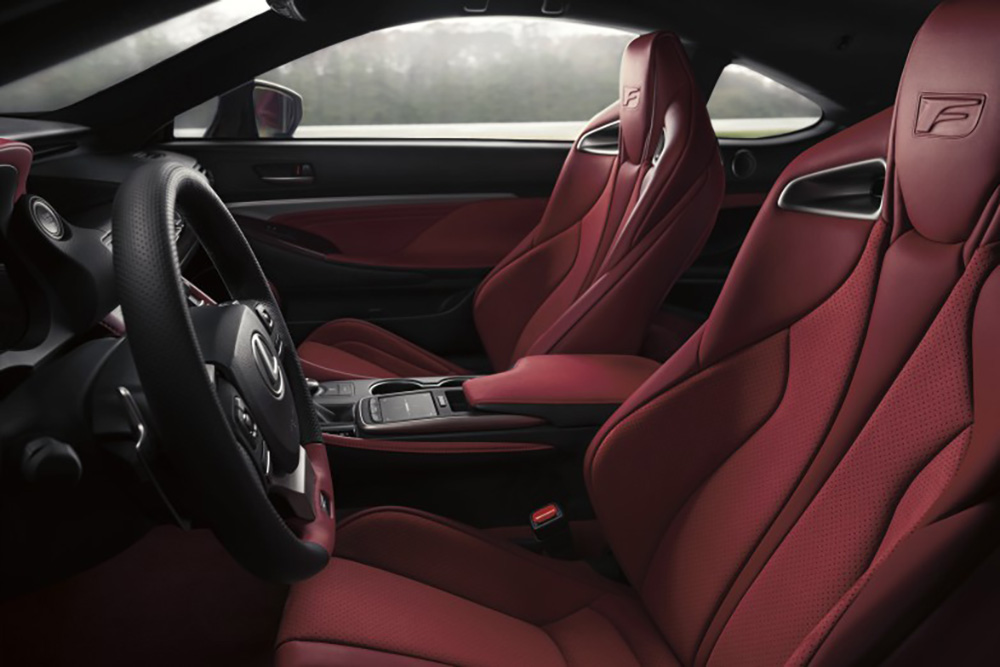Cargazing
By Derek Price
Yes, the value of $100,000 goes down every year and might only buy a small pile of plywood in 2021, but it’s also still unusual to find a car with a six-digit price. When a car passes that arbitrary threshold, my expectations get higher.
This week, I’m driving a car that Lexus has pushed into that rare territory, the RC F Fuji Speedway Edition.
For some perspective, the regular Lexus RC sports coupe starts around $42,000 with a 241-horsepower, turbocharged four-cylinder engine or roughly $45,000 with a 311-horse V6.
For $66,000, you can get the high-performance RC F with an unusual engine from an imported brand: a naturally aspirated V8 that makes a meaty 472 horsepower. It’s one of the most exciting cars Lexus makes — even more so than the beautiful but pricey LC — and shows how committed the company is to building serious performance cars that rival the best German products for sale today.
If that’s still not enough speed and exclusivity for you, the Fuji Speedway Edition fills the gap.
When you add an extra $30,000 onto the RC F’s price, you end up with what Lexus is asking for the Fuji, of which only 60 units will be built. It’s priced at $96,675, or a bit over $100,000 after you add the options included on my tester.

The Fuji Speedway Edition of the Lexus RC F adds a long list of carbon fiber, aerodynamic and braking upgrades to create an exclusive and pricey track car.
I like the fact that this car is a special edition that’s actually special. It’s extremely exclusive with limited production and upgrades that actually make it faster, not just for appearance.
Carbon ceramic brakes, a titanium exhaust and acres of exposed carbon fiber on the hood, roof and wing mounted on the trunk help to reduce weight and make it better for track days.
Lexus claims it can accelerate from a standstill to 60 mph in 3.96 seconds.
Still, I find it hard to justify that price premium, at least as a value shopper. The Fuji seems to be more about exclusivity than simple bang-for-the-buck. It even comes with its own limited-production watch to drive home the point.

The RC F Fuji’s cabin is impressively quiet for such a hard-edged, lightweight, track-focused machine. Red leather and lots of red accents, including woven into the carbon fiber trim, make it look as racey as it drives.
The Fuji Speedway Edition looks and feels like the rare, special car it is, and not just from the carbon-fiber overload and special paint finishes on the body. It’s also spectacularly eye-catching on the inside with vivid red leather, red stitching, and even more red woven into the carbon fiber accents that are applied liberally throughout the cabin.
As for the performance, my initial gut reaction was “meh.” It’s extremely fast but it didn’t deliver the over-the-top, violent acceleration I hoped from a car that looks so flashy and costs so much.
The longer I drove it, though, the more I loved it. My initial antipathy turned into lust based on its handling, which is noticeably better and more engaging than the standard RC F. Straight-line acceleration isn’t what this car is about, yet that’s why my initial reaction was based around.
The carbon-ceramic brakes seem to never fade, no matter how hard you push them, including during my track time at Texas Motor Speedway’s infield road course. And the handling kept inspiring more confidence and more enjoyment as I spent more time with it — the mark of a perfect track-day car.
Better yet, it’s a perfect track-day car that doesn’t beat you up on the drive home. It’s sedate and surprisingly silent for long highway drives.
At A Glance
Wheelbase: 107.5 in.
Length: 185.4 in.
Width: 72.6 in.
Height: 54.7 in.
Engine: 5.0-liter V8 (472 hp, 395 ft.-lbs.)
Transmission: Eight-speed automatic
Fuel economy: 16 city, 24 highway
RATINGS
Style: 9
Performance: 9
Price: 5
Handling: 9
Ride: 7
Comfort: 6
Quality: 10
Overall: 9
Why buy it?
It’s a truly special edition with limited production and track-focused upgrades. It starts with the impressive performance of the RC F and makes the braking and handling noticeably better.
